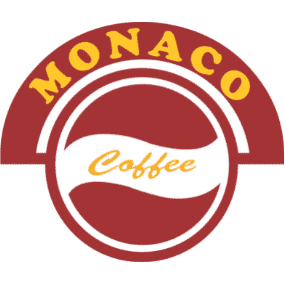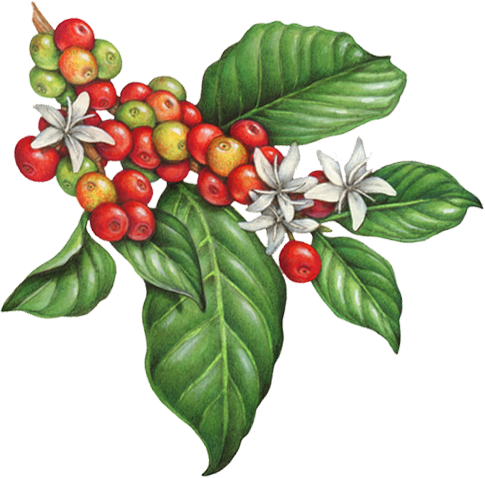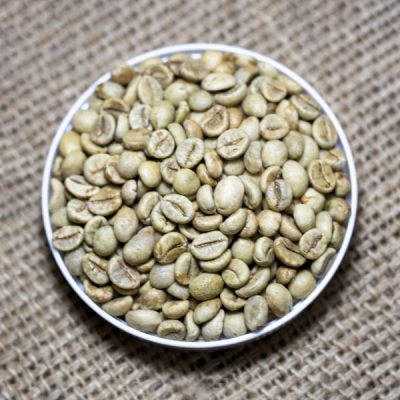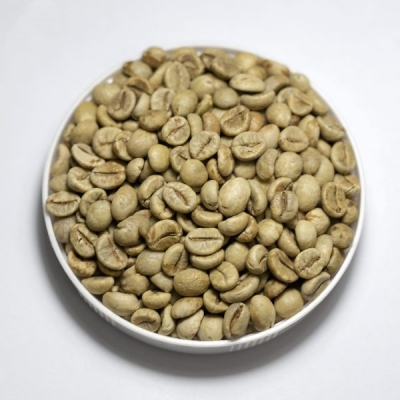Vietnam Robusta Honey Processed Coffee (SCR18, SCR16)
Contact
- Variety: Robusta
- Region: Daklak – Vietnam Origin
- Elevation: 800m
- Processing: Honey Process
- Ripe Rate: 99-100%
- Moisture: 12,5%
- Foreign Matter: 0.1%
- Black: 0.1%
- Broken: 0.5%
- Rate on Sieve: Min 90%
- Bean size (Sieve): S16, S18
- Capacity: 3000 tons/year
- Price per kilogram: $/kg
Product information
Sản phẩm liên quan




.jpg)
.jpg)
.jpg)
.jpg)








